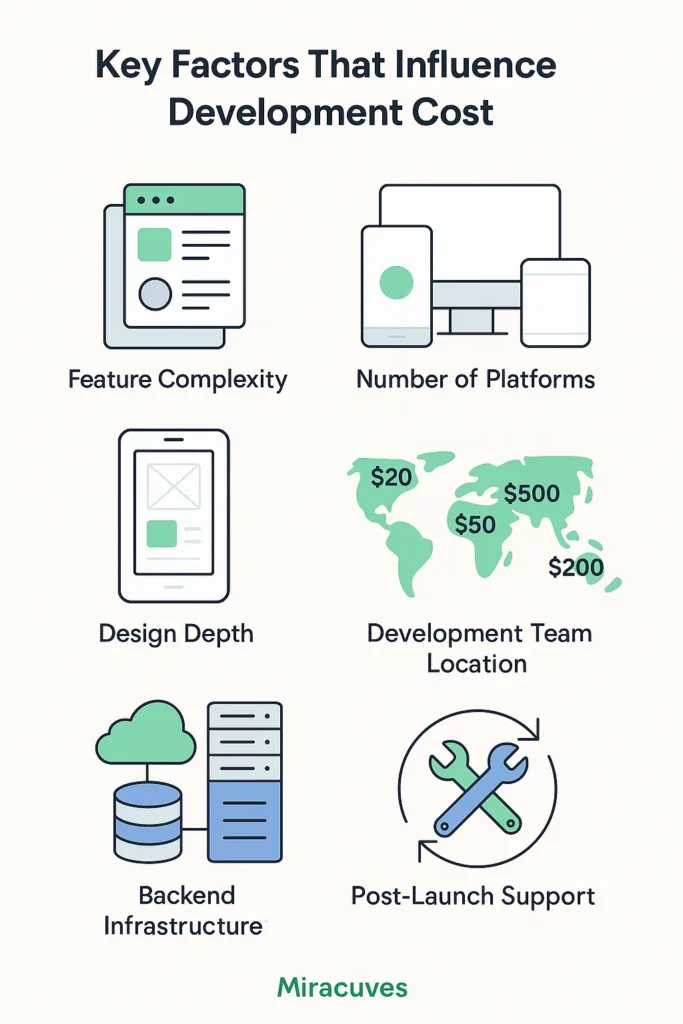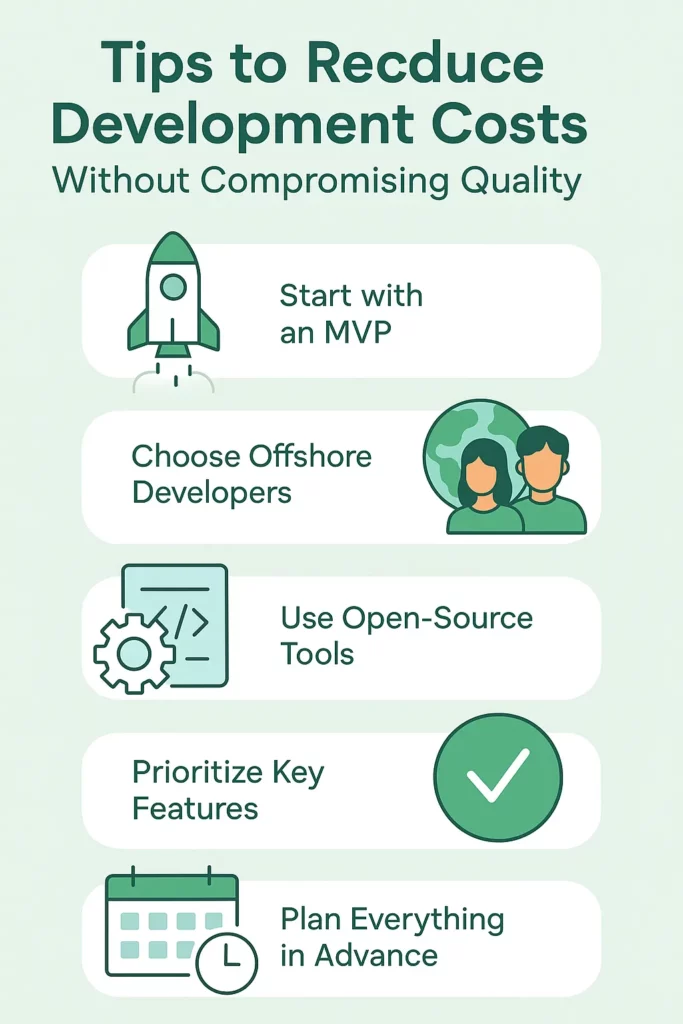Complete Cost Guide to Building an AmazonFresh Like App
Create a powerful, customizable grocery delivery solution with Miracuves’ Amazonfresh, equipped with high-performance features and next-gen technology.
In today’s fast-paced world, grocery shopping is evolving. With the rise of on-demand grocery services, customers expect more convenience, faster delivery, and a seamless shopping experience—all from the comfort of their homes.
If you’re looking to create an on-demand grocery delivery platform like AmazonFresh, you’re not alone. Many founders and startups are diving into this space to meet the growing demand for easy access to fresh groceries, local products, and quick delivery times. But before you jump into development, one of the first questions you’ll face is: How much will it cost to build an on-demand grocery delivery app?
The short answer? It depends. The cost of developing your platform will be influenced by the features you choose, the technology stack, the platforms you build for, and whether you’re starting from scratch or customizing a prebuilt solution.

Factors Influencing Development Cost for Your On-Demand Grocery Delivery App
When building an on-demand grocery delivery platform, there’s no one-size-fits-all price tag. The total development cost depends on a variety of factors, including the app’s features, technical choices, platform support, and the team you choose to work with. Here’s a closer look at the main elements that impact the cost of building your AmazonFresh-style app:
Feature Complexity
The complexity of your app’s features plays a huge role in determining the final cost. At the heart of any grocery delivery platform is the ability for customers to browse products, place orders, and get deliveries on time. However, if you’re adding advanced features like real-time inventory tracking, personalized recommendations, or multi-store integrations, your budget will naturally increase.
Platform Selection
Are you developing for iOS, Android, or both? Will you need a web platform for admin management or customer orders? Each additional platform adds to the time and cost. To reduce duplication of work and cost, cross-platform development tools like React Native or Flutter can help you target multiple devices with a single codebase.
UI/UX Design
An intuitive, user-friendly interface is essential for customer retention and satisfaction. While a simple, template-based design may keep costs lower, a fully custom and branded UI with animations and micro-interactions will add significant development time and cost.
Backend Infrastructure
Your app’s backend architecture is the foundation for handling features like real-time order tracking, inventory management, user profiles, and payments. Cloud services (e.g., AWS, Google Cloud) and scalable databases (e.g., MongoDB, Firebase) all contribute to backend costs, but they ensure that your app can scale as your business grows.
Post-Launch Support & Maintenance
Building the app is just the first step. Ongoing maintenance, server costs, bug fixes, and new feature releases should be factored into your budget. Typically, you’ll want to set aside about 10-20% of your total build cost annually for post-launch support.
Estimated Cost by App Type: Grocery Delivery App Development
The cost of developing an on-demand grocery delivery platform like AmazonFresh varies significantly depending on the features and complexity of your app. Whether you’re building a simple MVP to test the market or a full-fledged, feature-rich platform for large-scale operations, the pricing structure will differ. Here’s a breakdown of what to expect:
|
App Type
|
Estimated Cost Range (USD)
|
Description
|
|---|---|---|
|
MVP (Minimum Viable Product)
|
$8,000 – $15,000
|
Core features only: user registration, product catalog, cart, order placement, basic delivery scheduling
|
|
Standard Version
|
$15,000 – $30,000
|
Includes user profiles, order history, real-time tracking, payment gateway, admin dashboard
|
|
Full-Featured App
|
$30,000 – $50,000+
|
Everything in standard version + subscriptions, smart filters, AI-driven search, vendor management, route optimization, and advanced analytics
|
Region-Wise Development Cost Comparison
The geographical location of your development team can have a significant impact on your budget. Developer rates vary widely from region to region, and understanding these differences can help you make an informed decision on where to allocate your resources. Here’s a breakdown of what you can expect to pay for development in different regions:
|
Region
|
Hourly Rate (USD)
|
Typical Cost for Standard App
|
|---|---|---|
|
North America
|
$100 – $200/hr
|
$100,000 – $200,000+
|
|
Western Europe
|
$80 – $150/hr
|
$80,000 – $160,000+
|
|
Eastern Europe
|
$40 – $80/hr
|
$40,000 – $90,000+
|
|
India & Southeast Asia
|
$20 – $50/hr
|
$20,000 – $60,000+
|
Why Many Startups Choose Offshore Teams
Cost Efficiency: You can build the same product for 2–4x less than in North America.
Talent Access: Offshore teams offer experienced developers, often with grocery and logistics domain knowledge.
Time Zone Advantage: You can build around the clock with staggered dev cycles.
Cost Breakdown by Development Stage
Understanding how your budget will be distributed across different stages of development helps you plan more effectively and avoid unexpected costs. Below is an estimated breakdown of how your total development cost for an on-demand grocery delivery app will be allocated throughout the project:
|
Development Stage
|
Estimated % of Total Cost
|
Includes
|
|---|---|---|
|
Discovery & Planning
|
5–10%
|
Market research, competitor analysis, defining user personas, feature scoping, technical requirements.
|
|
UI/UX Design
|
10–15%
|
Wireframing, prototyping, responsive design, visual branding, user experience mapping.
|
|
Frontend & Backend Dev
|
40–50%
|
Core feature development, database architecture, APIs, payment integrations, dashboard and logic build.
|
|
Testing & QA
|
10–15%
|
Manual and automated testing, bug fixing, device/browser compatibility checks, performance tuning.
|
|
Deployment & Launch
|
5–10%
|
App store submission (Android/iOS), server setup, production deployment, performance monitoring tools.
|
|
Maintenance & Updates
|
10–20%
|
Post-launch bug fixes, new features, server maintenance, user support, compliance updates.
|

Tips to Reduce Development Costs Without Compromising Quality
While building an on-demand grocery delivery platform requires a solid budget, there are several ways to strategically cut costs without sacrificing the quality of your app. Here are some proven strategies to help you save money during the development process:
1. Start with an MVP (Minimum Viable Product)
Instead of launching with all the bells and whistles, start with an MVP that includes only the essential features: product browsing, order placement, payment processing, and delivery tracking. This approach allows you to test the core of your business idea in the market and collect feedback without overspending. You can then iterate and build out more advanced features based on user needs.
2. Partner with Offshore Experts
Consider working with experienced offshore teams, especially in regions like India or Southeast Asia. By partnering with skilled developers in these regions, you can reduce your hourly costs by up to 50%, all while ensuring high-quality app development. Be sure to choose a team with a strong track record in building scalable, on-demand platforms.
3. Leverage Open-Source & Ready-Made Tools
Why reinvent the wheel when you can use existing solutions? Open-source tools and SDKs for maps, payment gateways, and messaging systems can save both time and money. These tools are well-tested, reliable, and often come with extensive documentation, which can streamline the development process.
4. Prioritize High-Impact Features
Focus on features that drive user acquisition, retention, and safety. Skip the non-essential features like gamification or loyalty programs in the early versions. The goal is to create a user-friendly, functional app that meets customers’ basic needs. Features like personalized recommendations or advanced analytics can be added later as you scale.
5. Plan Everything Before You Build
One of the biggest budget-busting pitfalls is “scope creep”—when the project’s scope changes during development. To avoid this, spend ample time in the planning phase. Create detailed wireframes, user flows, and a list of core features. This will help ensure that the development process stays on track and within budget, with minimal changes down the line.
Choose the Right Development Partner
Building an on-demand grocery delivery platform isn’t just about coding—it’s a strategic business decision. The right development partner can help you turn your vision into a reality, while the wrong one can lead to delays, budget overruns, and technical problems. Here’s what to look for when selecting a development team for your grocery delivery app:
1. Experience with On-Demand Platforms
Not all app developers are familiar with the unique complexities of on-demand platforms like grocery delivery services. Choose a development partner that has experience building similar apps.
2. Scalable and Modular Architecture
Your grocery delivery service may start small, but as you expand, you’ll need an app that can handle more users, more stores, and more cities.
3. Fast, Reliable Delivery
Time is of the essence. Whether you’re launching in a single city or planning for a nationwide rollout, you need a team that can deliver quickly. A development partner with pre-built frameworks and a streamlined process can help reduce development time significantly.
4. End-to-End Support
The development phase is only the beginning. You’ll need ongoing support after launch to handle bugs, updates, and new features based on user feedback.
Conclusion
Launching a successful on-demand grocery delivery app is a rewarding venture, but it requires careful planning, a clear understanding of your costs, and a solid development strategy. Whether you’re aiming to compete with major players like AmazonFresh or carve out your own niche, getting the cost right and understanding the factors that impact it is crucial for success.
By focusing on key areas like MVP development, working with skilled offshore teams, and leveraging existing tools, you can significantly reduce costs while still building a platform that meets the needs of your customers. Additionally, choosing the right development partner is essential for delivering a reliable, scalable app on time and within budget.
At Miracuves, we help startups and entrepreneurs launch their on-demand grocery delivery services quickly and cost-effectively. With a team of experienced developers and a deep understanding of the grocery delivery industry, we provide solutions that are not only feature-rich but also designed to scale with your business.
Ready to start building your grocery delivery app? Get in touch with our team today for a personalized cost estimate and take the first step toward bringing your on-demand service to life!
Frequently Asked Questions
The cost of building an app like AmazonFresh varies depending on the complexity and features you need. For a basic MVP, you can expect to pay between $8,000 and $15,000. A standard version with additional features like payment integration and order tracking typically ranges from $15,000 to $30,000. For a full-featured app with custom design, AI recommendations, and multi-store integration, the cost can range from $30,000 to $50,000+.
The core features of a grocery delivery app include:
Product browsing and search
Shopping cart and checkout
Payment gateway integration
Real-time order tracking
Customer support (chat, email)
Admin dashboard for managing orders, inventory, and deliveries
Yes! You can build your app using a prebuilt solution that is customizable to fit your needs. This approach can save time and money, especially when you’re just starting and need to test the market quickly. Many development firms, like Miracuves, offer ready-to-deploy platforms that can be tailored to your specific business goals.
The timeline depends on the scope of the project. A basic MVP can take as little as 2-3 months to develop, while a full-featured, scalable app could take 6-12 months. The development time can be shorter if you’re using prebuilt frameworks or white-label solutions.
An MVP (Minimum Viable Product) is a simplified version of your app that includes only the essential features to test your concept in the market. It’s cost-effective and allows you to gather user feedback before committing to full-scale development. A full-featured app, on the other hand, includes advanced features like AI recommendations, real-time inventory management, multi-store support, and custom design. It’s designed for growth and scalability.



